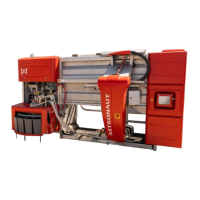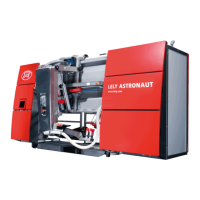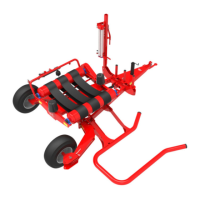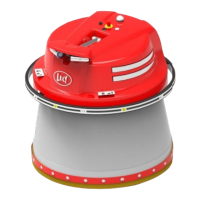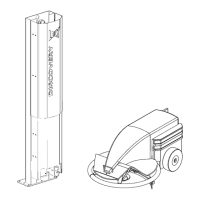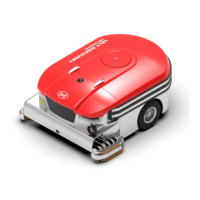Chapter 5 - page 1
Operator’s manual ASTRONAUT
M-HE.002.1003
5 Operating the milking robot
In order to ensure that the robot is used to its full capacity, it is imperative that the system gains an animal- friendly
and familiar position within the herd. The cows must come to the robot of their own accord to be milked and to take
their ration of concentrates.
Optimum working of the milking robot system is established within a continuous process. At any moment of the
day, a number of cows are resting, a number of cows are feeding or waiting to be milked, while cows are milked
one by one by the robot(s). In this way the robot operates 24 hours a day for 7 days a week.
Once the milking robot is started, the rest of the milking procedures is carried out automatically. Manual
intervention for putting the robot out of operation is only required for emptying and cleaning of the milk tank and
for maintenance. The milking robot is automatically put in or out of operation for cleaning of the milking installation.
5.1 MINIMUM COW REQUIREMENTS
5.1.1 Cow dimensions
The robot is quite capable of milking the largest part of the herd without any problems. In order to achieve optimum
results with the robot, however, the udder shape needs to meet a number of requirements. Please find below an
enumeration of the minimal requirements, which are generally met by almost any cow:
• In respect of its perpendicular position, the teat position
should not differ more than 30° (
α, figure 5.1).
• The space between the two rear teats (A) should be 1,5 cm
(0.59 in.) as a minimum, while the space between the two
front teats should be 10,0 cm (3.93 in.) as a minimum and
30 cm (11.81 in.) as a maximum.
• The teats (B) should not be thicker than 4,0 cm (1.57 in.),
but not thinner than 1,0 cm (0.39 in.).
• The interruption (height) between two teats (C) can be 5 cm
maximum (1.96 in.).
• The height of the teat tip above floor level (D, figure 5.1 and
figure 5.2) should be min. 33 cm (12.99 in.) and max. 76 cm
(29.92 in.).
• The front teats (E) should be positioned 7 cm (2.75 in.) as
a minimum in front of the rear teats.
• The udder should be clear of additional teats, lumps and
swellings.
• The udder should not be very filthy or hairy.
Figure 5.1 Teat shape requirements
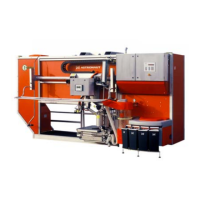
